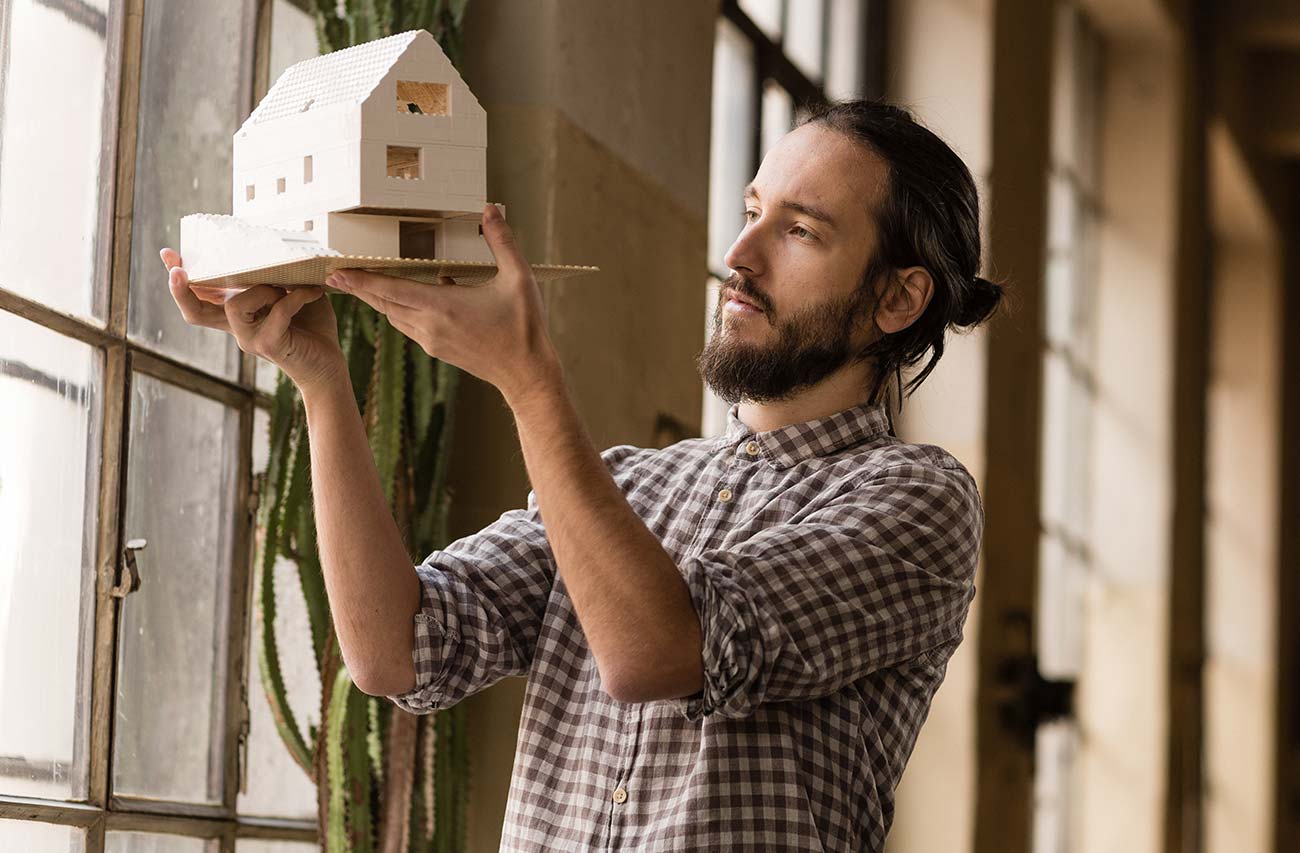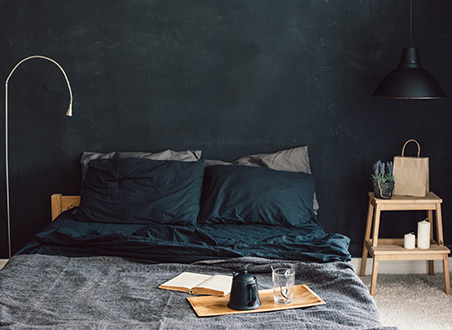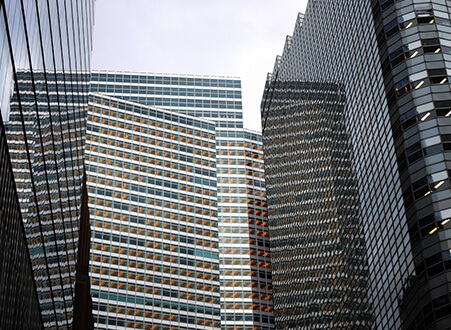
Architectural Design Trends of 2024
As we step into 2024, the world of architecture is preparing for a transformative journey shaped by innovative designs, sustainability-oriented practices, and the combination of technology and creativity. Architectural trends are constantly evolving to reflect societal changes, technological advances, and increasing awareness of environmental concerns. In 2024, we witness the beginning of a new era in architectural design with a harmonious blend of functionality, aesthetics and sustainability.
“The architectural design trends of 2024 reflect a collective effort to shape the built environment to align with our evolving values and aspirations.”
Sustainable architecture:
The pursuit of sustainability remains a central theme in 2024 architectural design trends. With the increasing global focus on environmental responsibility, architects are integrating environmentally friendly practices and materials into their designs. From green roofs and walls to energy-efficient building systems, sustainable architecture is at the forefront, aiming to reduce the environmental impact of structures and promote a healthier planet.


“Biophilic design not only encourages connection with nature, but also contributes to the overall mental and physical health of building occupants.”
Biophilic Design:
Connecting with nature in urban environments continues to come to the fore through biophilic design. Architects incorporate natural elements such as plants, natural light and water features into their designs to create spaces that increase well-being, productivity and creativity. Biophilic design not only encourages connection with nature, but also contributes to the overall mental and physical health of building occupants.
Smart and Responsive Buildings:
Advances in technology have opened new possibilities for architecture, leading to the rise of smart and responsive buildings. From automatic lighting systems and climate control to smart facades that adapt to environmental conditions, buildings are becoming more responsive to the needs of their occupants and the surrounding environment. This integration of technology increases both efficiency and user experience.
Adaptive Reuse and Upcycling:
To promote sustainability and preserve historic significance, adaptive reuse and upcycling of existing structures is gaining popularity. Architects are creatively repurposing old buildings and industrial spaces, giving them new life while minimizing waste. This trend not only respects the past, but also contributes to a more sustainable approach to urban development.
Inclusive and Accessible Design:
The main focus of architectural trends in 2024 is to create spaces that are inclusive and accessible to everyone. Designers incorporate features that meet different needs, including ramps, wider doors and sensory-friendly elements. This commitment to inclusivity ensures that architectural spaces are welcoming and functional for people of all abilities.
Parametric Design and Generative Algorithms:
The integration of parametric design and generative algorithms pushes the limits of architectural creativity. Architects are using computational tools to optimize designs, creating intricate and complex structures that were once difficult to imagine. This approach allows for a more efficient design process and the exploration of unconventional forms.
Solution:
The architectural landscape of 2024 is characterized by a commitment to sustainability, a harmonious relationship with nature and the seamless integration of technology. As architects continue to push boundaries and explore new possibilities, the coming years promise to deliver structures that not only redefine skylines but also contribute to a more sustainable, inclusive and technologically advanced future. The architectural design trends of 2024 reflect a collective effort to shape the built environment to align with our evolving values and aspirations.



